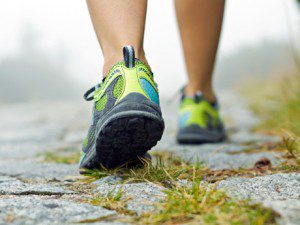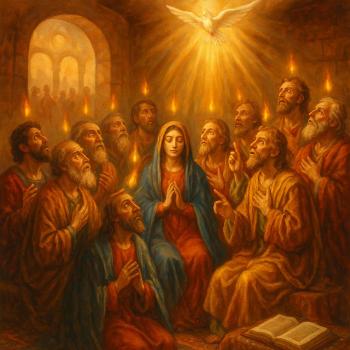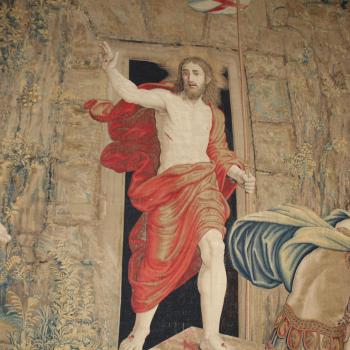 Lectionary Reflections for May 4, 2014
Lectionary Reflections for May 4, 2014
Luke 24:13-35
Easter is about embodied movement. Resurrection moved the cells as well as the soul of Jesus, and the cells and souls of his followers. Resurrection still gets us out of our comfort zones and calls us to the open road, spiritually, ethically, and sometimes physically.
I love to walk. Each morning, and virtually every day of the year, I walk from the church I pastor, South Congregational Church, in Centerville, MA, to the Craigville Conference Center, and back. This two mile walk takes me past a river, wetlands, and the Craigville beaches. I spend the walk observing the world around me and my own inner thoughts. I often use the time for intercessory prayer and personal centering, taking in God’s energy of love and sharing it with others. In recognition of my love for walking, one of my friends has sent me a paperweight that proclaims, solvitur ambulando, “it will be solved in the walking.”
A walk and a meal can transform your life, and that’s what happened in the encounter of Jesus with two of his earliest followers. Trudging down the road, two utterly confused followers are joined by a third man. Their world has been turned upside down by the events of the past week: celebration, conflict, violence, and death, and now the possibility that their martyred spiritual leader has come back to life. Resurrection is just as unsettling as crucifixion. It doesn’t fit into any rational world view, including the theology of resurrection of the first century Jewish people. They could imagine a resurrection of all humanity at the end of history, but not the resurrection of a solitary individual.
But, they walk the seven miles from Jerusalem to Emmaus, first sharing their common grief, and then entering into a strange conversation with their unexpected companion, who unfolds the story of salvation through resurrection to them. Somehow, they cannot recognize their companion as the teacher and healer Jesus. Perhaps, it is a bit of divine magic allowing them to gently adapt to a new way of seeing; perhaps, it is the highly energetic body of their companion that both reveals and conceals Jesus’ identity.
Confused and grief stricken, the two men nevertheless reach out to the stranger. They invite him to supper, and come to know his identity as the Risen Jesus in the breaking of the bread. Their hospitality leads to a theophany, an encounter with the Risen Jesus, who is known in the simple Eucharistic acts of praying and eating.
Movement and meal lead to revelation, and then Jesus is gone, vanishing from their sight, but leaving them with warmed hearts, lively spirits, and energetic bodies. They are so energized that they walk seven miles back to Jerusalem to share their good news that Jesus is risen and on the road.
After breaking the bread, Jesus vanished from their sight. He may have needed to be on the move as well. God is not static, imprisoned by yesterday’s revelations and the church’s creeds and scriptures. God is alive and on the move, doing new things and sharing new insights with other pilgrims on the journey.
We really don’t know where Emmaus is located. Several possibilities have been surfaced, but perhaps vagueness is a virtue. In not localizing Emmaus, we can open to the possibility that Emmaus is everywhere. Wherever we are on the road and at every mealtime, Jesus comes to us, filled with energy and possibility, and the joy of resurrection. We can have new life, and we can be born again, right now at any venue. Let’s keep moving, and chart new adventures, because Jesus walks beside us on the road.













